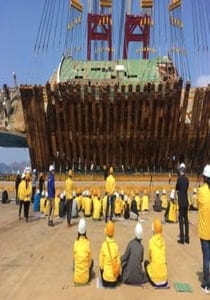Asynchronously Teaching about Humanities Research with COVID-19 :: Mengmeng Sun (Germany)
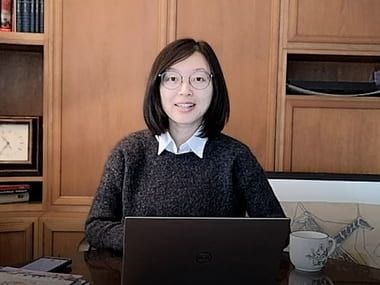
In the months following the outbreak of COVID-19, schools and universities in China faced the temporary closure of their campuses. In January and February, teaching was carried out in asynchronous methods under new conditions that are now being experienced all
![[Teach311 + COVID-19] Collective](https://blogs.ntu.edu.sg/teach311/files/2020/04/Banner.jpg)
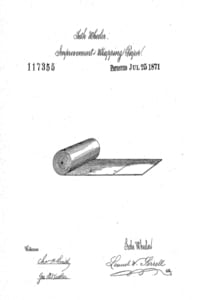
![Tokyo Notes [5] :: Chelsea Szendi Schieder (Japan) Tokyo Notes [5] :: Chelsea Szendi Schieder (Japan)](https://www.teach311.org/files/2020/04/DSC01484.jpg)
![Tokyo Notes [4] :: Chelsea Szendi Schieder (Japan) Tokyo Notes [4] :: Chelsea Szendi Schieder (Japan)](https://www.teach311.org/files/2020/04/Webp.net-resizeimage-1.jpg)
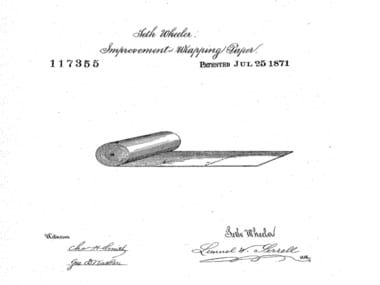
![Diary Project Ponta Grossa [1] :: Lucas Erichsen (Brazil) Diary Project Ponta Grossa [1] :: Lucas Erichsen (Brazil)](https://www.teach311.org/files/2020/04/Webp.net-resizeimage-4.jpg)
![Diary Project Kolkata [2] :: Ritam Sengupta (India) Diary Project Kolkata [2] :: Ritam Sengupta (India)](https://www.teach311.org/files/2020/04/kolkata-diary-screenshot_resize.jpg)
![Diary Project Kolkata [1] :: Ritam Sengupta (India) Diary Project Kolkata [1] :: Ritam Sengupta (India)](https://www.teach311.org/files/2020/04/Sengupta_22.03.2020_img1-623x300.png)
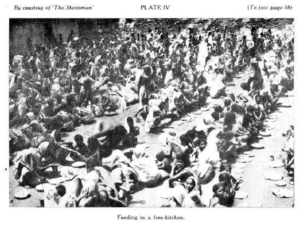
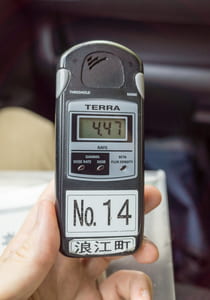
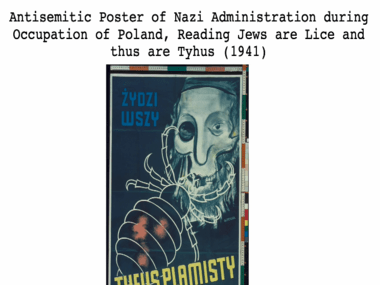
![Tokyo Notes [2] :: Chelsea Szendi Schieder (Japan) Tokyo Notes [2] :: Chelsea Szendi Schieder (Japan)](https://www.teach311.org/files/2020/03/Webp.net-resizeimage-8.jpg)

